Flux 2 ships as Pro for production quality and Dev for LoRA customization, delivering 4MP resolution, four-reference image synthesis, HEX color precision, and sub-second generation on fal infrastructure.
Become an Expert
Black Forest Labs released Flux.2 with capabilities that solve specific production problems: maintaining visual consistency across image series, exact color matching for brand work, and text rendering that doesn't require post-processing. This guide covers integration patterns, LoRA training workflows, and deployment considerations for developers building with these models.
Understanding the Flux.2 Model Family
Flux 2 ships as two distinct models serving different needs. Flux 2 Pro represents the production-grade option with maximum fidelity, reliable prompt adherence, and consistency for client deliverables. Use this for commercial campaigns, user-facing products, and anywhere visual quality directly impacts business outcomes.
Flux 2 Dev ships with open weights designed for experimentation. It runs lighter, supports local deployment, and enables LoRA training for custom workflows. For developers building specialized applications or researchers extending base capabilities, Flux 2 Dev provides the flexibility to fine-tune and adapt.
Both models are available on fal with sub-second generation times and identical API interfaces, making it straightforward to switch between them based on quality requirements.
Core Capabilities
Multi-Reference Image Control
Flux 2 processes up to four reference images per generation, fundamentally altering how you approach product photography, character consistency, and brand asset creation. The model synthesizes these references into cohesive outputs while maintaining visual consistency across elements.
For e-commerce applications, this means locking in a product from multiple angles, maintaining a model's appearance, and controlling lighting setup simultaneously. The model handles the synthesis work that previously required manual compositing or multiple generation attempts with inconsistent results.
A practical example: upload a product photo, a model's headshot, a lighting reference, and a composition example. The model generates lifestyle shots that combine all four references coherently, maintaining the product's exact appearance while adapting it to new contexts.
HEX-Level Color Precision
The model understands HEX codes directly in prompts. When you specify #FF5733, you get that exact color, not an approximation. This precision matters for brand work where color accuracy isn't negotiable and iteration cycles to match specific colors waste development time.
Applications can accept HEX values from design systems and pass them directly to generation prompts. This eliminates the color correction step that traditional image generation workflows required, where you'd generate, check colors, adjust, and regenerate.
Text Rendering Reliability
Previous models struggled with text placement and legibility, treating typography as visual texture rather than structured information. Flux 2 handles text exceptionally well: readable typography, maintained alignment, proper kerning, and even realistic barcodes.
For developers building infographic generators, UI mockup tools, or text overlay applications, this capability eliminates a major pain point. The model understands that "SALE" should render as exactly those four letters, not "S4LE" or similar incorrect variations.
falMODEL APIs
The fastest, cheapest and most reliable way to run genAI models. 1 API, 100s of models
Practical Implementation
Basic Text-to-Image Generation
The Flux 2 text-to-image endpoint accepts straightforward prompts, but structure significantly impacts output quality. The recommended framework orders information by priority:
Subject → Action → Style → Context
Start with the core entity (person, product, object), specify what they're doing, define the aesthetic, then layer in environment details. This hierarchy helps the model allocate attention appropriately.
Example product shot: "Ceramic vase, centered on marble surface, minimalist product photography, soft diffused lighting from left, white background, shot on 85mm lens at f/2.8"
The model parses this structure and prioritizes the ceramic vase, then applies the photographic style and technical specifications.
JSON Structured Prompting
Flux 2 understands JSON-formatted prompts, which provides better control for complex generations and cleaner interfaces for programmatic systems. Structured prompts make it easier to build generation APIs where application logic maps cleanly to model parameters.
Recommended base structure:
scene: Overall location or settingsubjects: Array of objects with type, description, pose, positionstyle: Artistic rendering approachcolor_palette: Specific colors (HEX or named)lighting: Direction and qualitycamera: Object with angle, lens, f-number, ISO
This format lets you build UI controls that map directly to generation parameters. A product customization tool might expose dropdowns for scene, style, and lighting that construct valid JSON prompts automatically.
Image Editing Workflows
The Flux 2 edit endpoint enables targeted modifications while preserving image integrity. Editing requires clear, specific instructions about what should change and what should remain constant.
Be explicit about transformations: "Replace the blue shirt with a red jacket" works better than "make the outfit warmer colors." The model needs to understand precisely which elements to modify and which to preserve. Vague instructions produce unpredictable results.
For applications, this means designing editing interfaces that generate specific transformation prompts rather than open-ended text inputs.
Training Custom LoRAs on Flux 2 Dev
Flux 2 Dev's LoRA training capability enables developers to build specialized applications with domain-specific knowledge. LoRA training teaches the model specific transformations or styles using your own datasets, creating models optimized for particular workflows.
Dataset Preparation for Image Editing LoRAs
Image editing LoRAs require paired examples: a start image and an end image showing the desired transformation. These pairs must share the same root filename with _start and _end suffixes for the training system to match them correctly.
Training a furniture staging LoRA:
apartment_01_start.jpg(empty room)apartment_01_end.jpg(furnished version)apartment_02_start.jpg(different empty room)apartment_02_end.jpg(furnished version)
The quality and consistency of these pairs directly determines LoRA performance. Inconsistent transformations in your training set produce inconsistent results in generation.
Aim for 10-20 high-quality pairs minimum. More pairs improve generalization, but quality matters more than quantity. Each pair should demonstrate the transformation clearly without confounding variables like lighting changes.
Training Process
Upload your zipped dataset to the Flux 2 edit trainer along with a default caption describing the transformation: "Furnish this room" or "Convert to watercolor painting." This caption becomes the trigger phrase for your trained LoRA.
Default parameters work well for most use cases, but you can adjust training steps and learning rate if needed. Training typically completes in minutes on fal infrastructure, making iteration practical.
Once trained, the LoRA edit endpoint applies your custom transformation to new images using the trigger phrase you specified during training.
Text-to-Image LoRAs
For style or subject consistency rather than editing, use the text-to-image LoRA trainer. These require single images per sample with corresponding captions describing what the image shows.
Training a product-specific LoRA: include 15-30 images of your product from various angles with captions like "red ceramic coffee mug on wooden table" or "red ceramic coffee mug held in hands." The model learns to generate that specific product in new contexts when prompted.
Production Deployment Considerations
Choosing Between Pro and Dev
For user-facing applications where consistency and quality directly impact user experience, Flux 2 Pro is the appropriate choice. The quality difference becomes apparent in skin texture, fabric rendering, and complex lighting scenarios. If your application generates content that represents a brand or goes directly to customers, Pro quality justifies the cost.
Use Flux 2 Dev for internal tools, experimentation, or when you need LoRA customization for specialized workflows that Pro doesn't support.
Performance and Scaling
On fal's infrastructure, Flux 2 generates images in under two seconds from prompt to delivery. This latency enables real-time applications: product customization tools, live design assistants, or interactive creative applications that require immediate feedback.
The serverless architecture handles scaling automatically. Your application doesn't need to manage compute resources or handle load balancing. Traffic spikes are absorbed by the infrastructure without code changes or manual intervention.
Recently Added
Real-World Applications
Automated Product Photography
E-commerce platforms can build pipelines that generate lifestyle shots from product photos. Upload a product image as reference, specify the context (outdoor cafe, home office, gym setting), and generate multiple variations instantly.
Multi-reference capability means maintaining product consistency while varying model, background, lighting, and composition. This creates visual diversity without sacrificing brand consistency.
Editorial and Marketing Content
Publishers can generate magazine-quality images with specific compositional requirements. The model handles complex layouts, maintains text legibility, and produces depth of field and lighting quality that previously required professional photography or extensive post-processing.
Personalized Creative Tools
Consumer applications can offer deep customization while maintaining quality. A greeting card app might let users specify exact colors from their wedding palette (HEX codes), include reference images, and generate unique designs that match their aesthetic preferences exactly.
JSON prompting makes it straightforward to build UI controls that map to generation parameters without exposing technical prompt syntax to end users.
Implementation Strategy
Start with the Flux 2 playground to understand baseline capabilities. Experiment with structured prompts, test the multi-reference system, and evaluate text rendering quality for your specific use cases.
If your application requires specialized styles or subjects that base models don't handle well, invest time in a small LoRA training dataset. Even 10-15 well-chosen image pairs can produce effective results for focused transformations.
For production deployment, the fal documentation covers API integration, authentication, rate limiting, and best practices for handling errors and retries in production systems.
Flux 2 represents a capability expansion in image generation models, particularly for applications requiring production quality, visual consistency, and programmatic control.
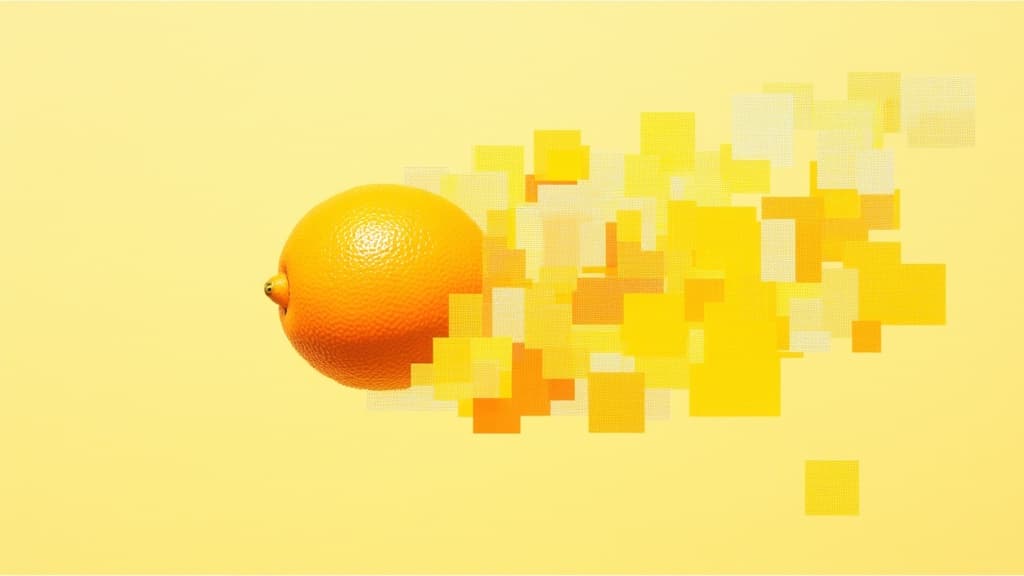
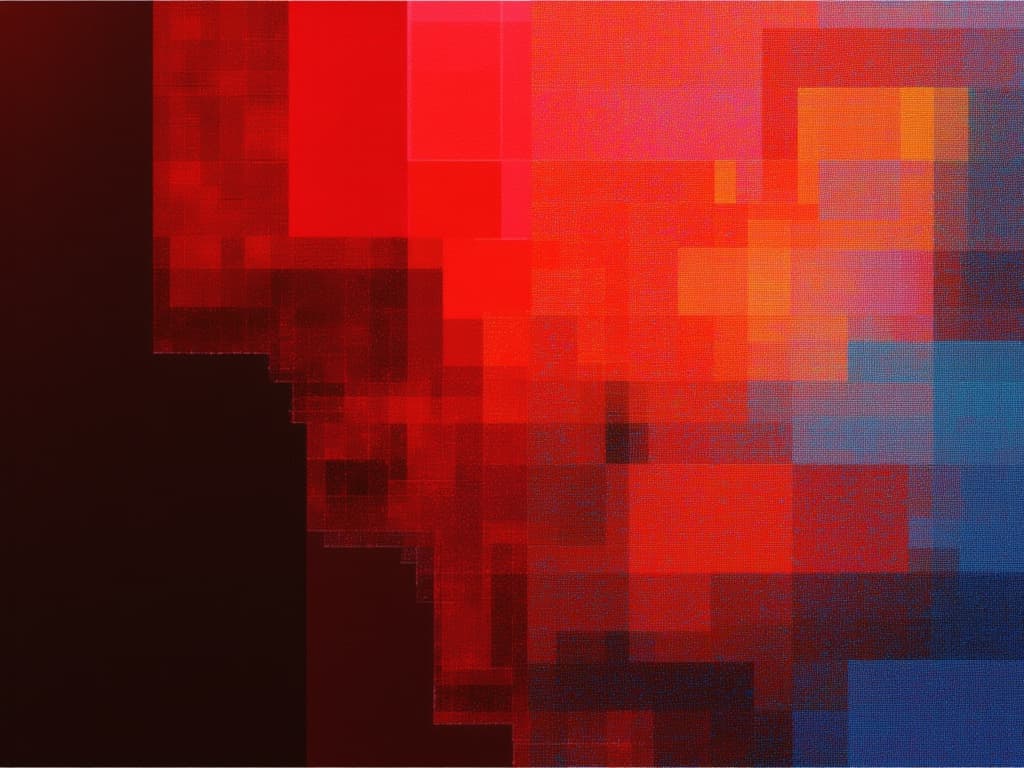
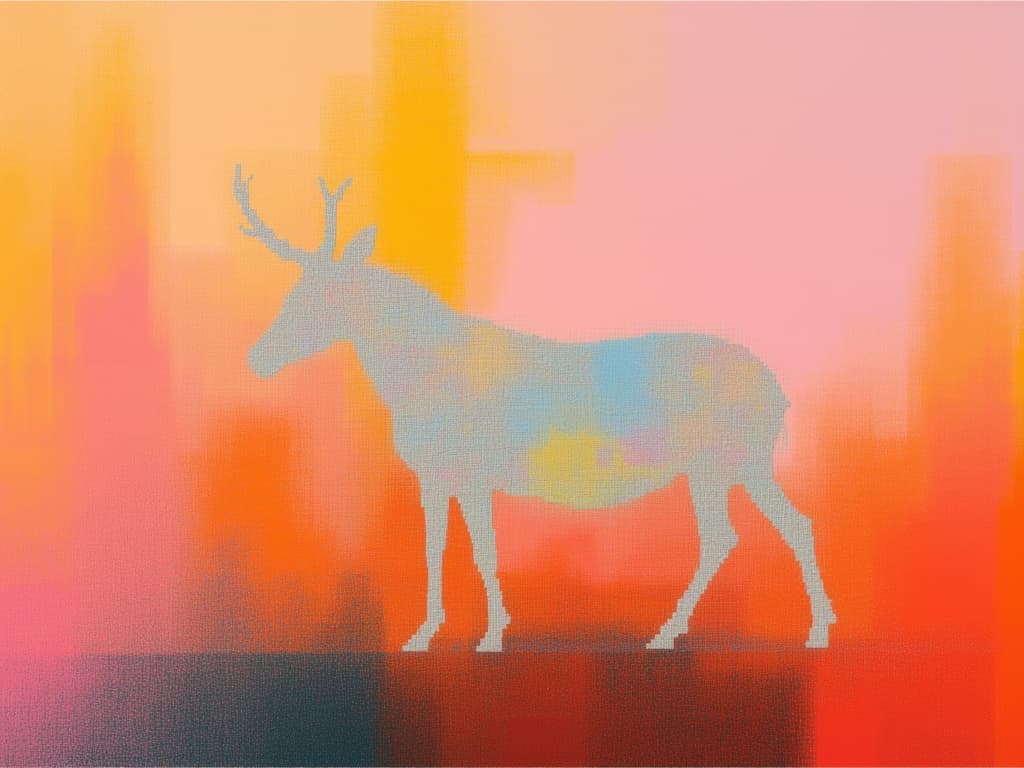
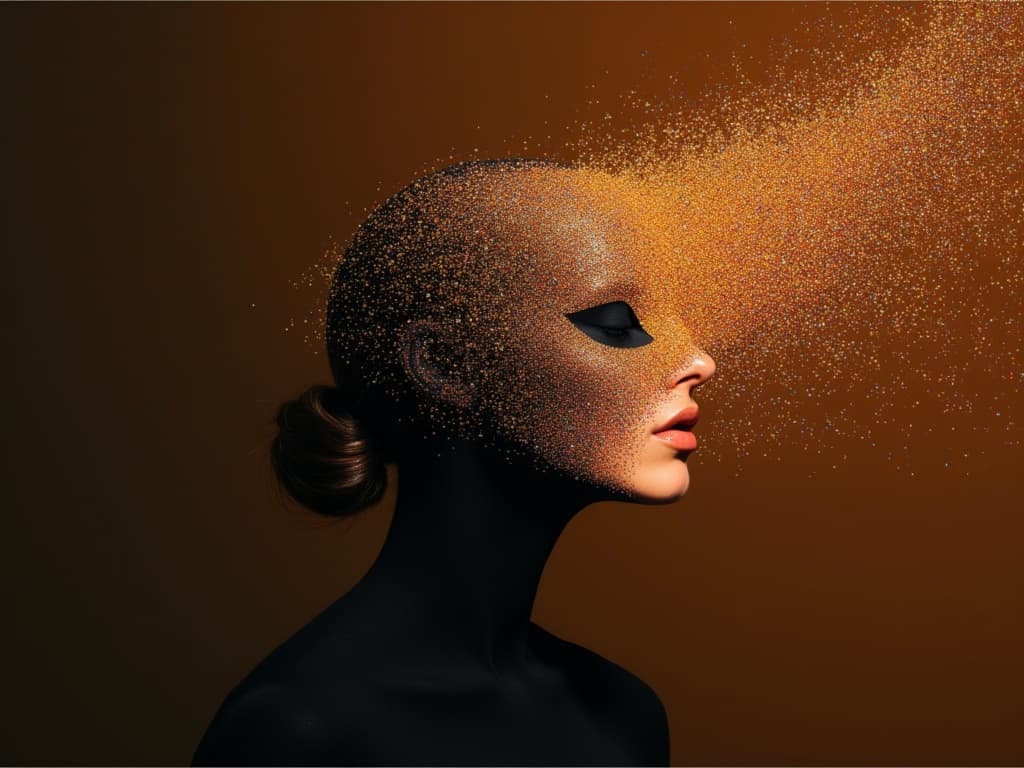
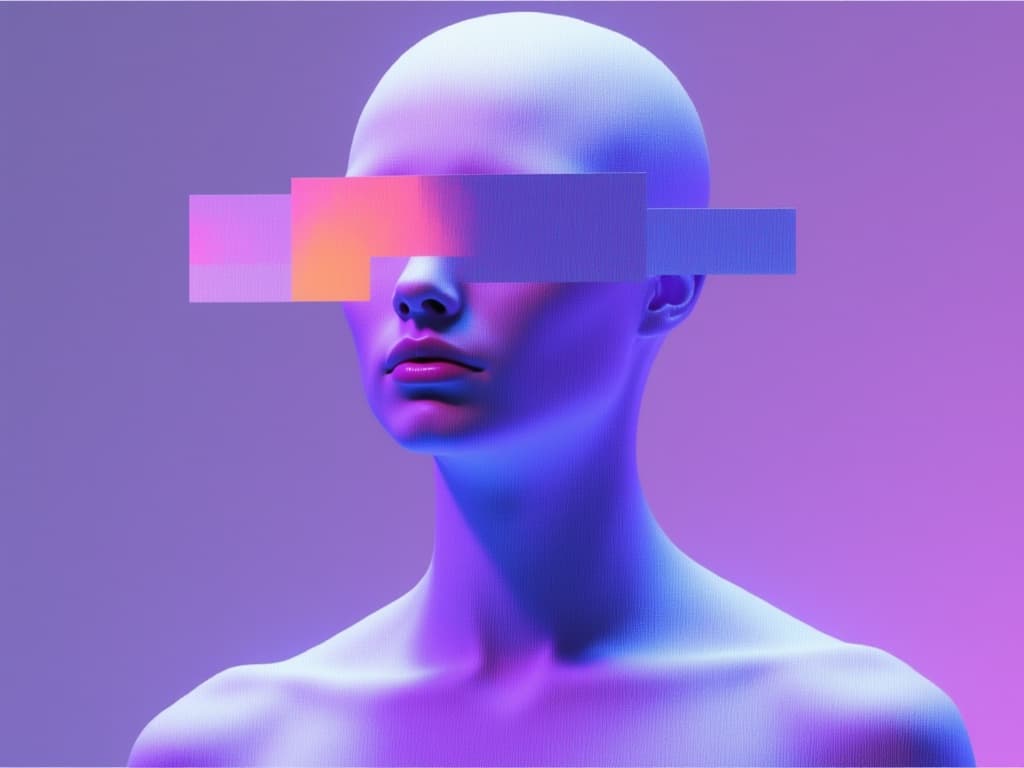













![FLUX.2 [max] delivers state-of-the-art image generation and advanced image editing with exceptional realism, precision, and consistency.](/_next/image?url=https%3A%2F%2Fv3b.fal.media%2Ffiles%2Fb%2F0a868a0f%2FzL7LNUIqnPPhZNy_PtHJq_330f66115240460788092cb9523b6aba.jpg&w=3840&q=75)
![FLUX.2 [max] delivers state-of-the-art image generation and advanced image editing with exceptional realism, precision, and consistency.](/_next/image?url=https%3A%2F%2Fv3b.fal.media%2Ffiles%2Fb%2F0a8689a8%2Fbbcmo6U5xg_RxDXijtxNA_55df705e1b1b4535a90bccd70887680e.jpg&w=3840&q=75)



